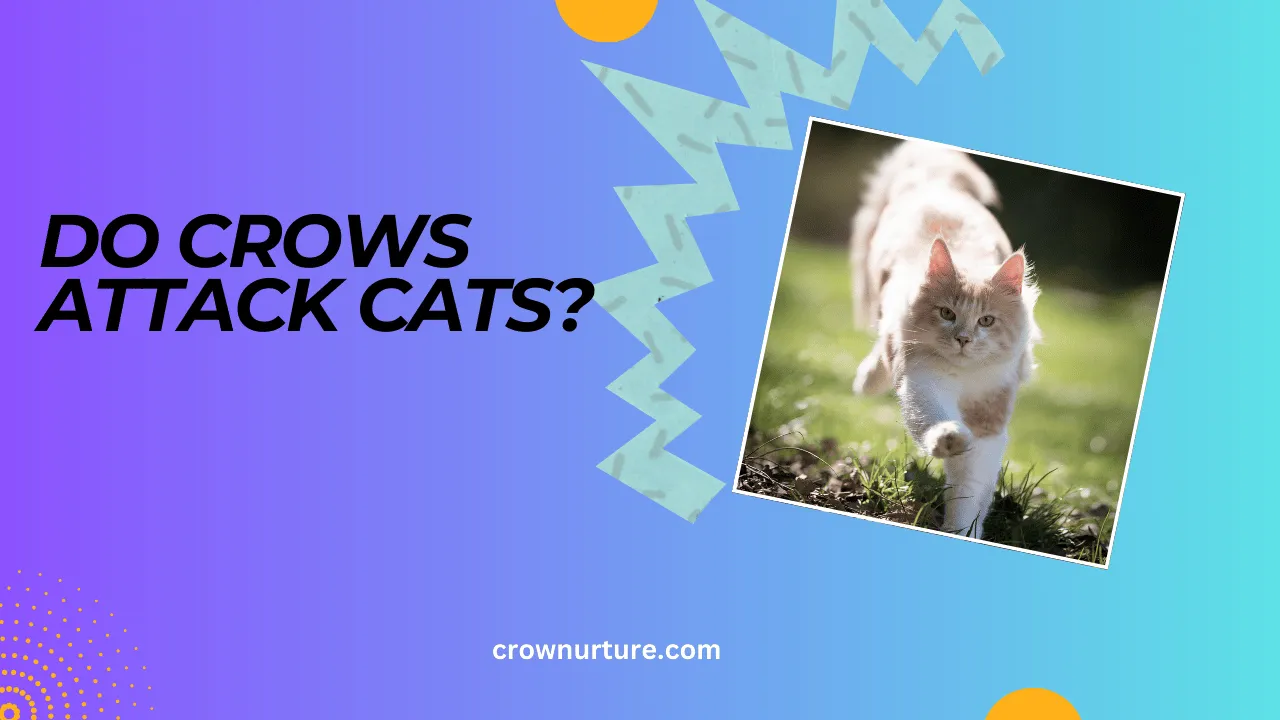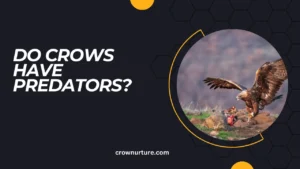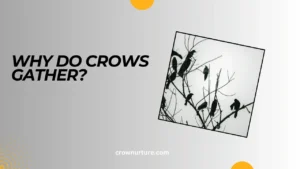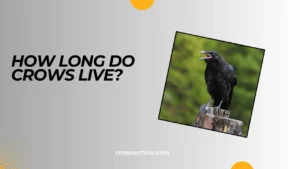If you’ve ever watched a cat slink through the yard, you might have noticed a curious phenomenon: a group of crows suddenly starts cawing loudly, circling above, or even swooping down at the unsuspecting feline.
At first glance, it’s a puzzling and unexpected interaction. But what drives these seemingly harmless birds to confront one of nature’s top predators? Could crows actually attack cats, and if so, why?
Crows are remarkably intelligent and social creatures, known for their sharp memory and cooperative behaviors. However, their cleverness also makes them fiercely territorial and protective.
When a cat ventures too close to a crow’s nest or food source, the situation can escalate into what seems like an all-out aerial assault. While crows rarely cause serious harm to cats, their aggressive behavior raises important questions about the delicate balance between urban wildlife and domestic pets.
Understanding why crows sometimes attack cats isn’t just a matter of curiosity; it’s a step toward fostering harmony in our shared environments.
By exploring the reasons behind these conflicts and finding ways to minimize them, we can better coexist with the creatures that call our neighborhoods home. Let’s uncover the fascinating dynamics between these unlikely rivals.
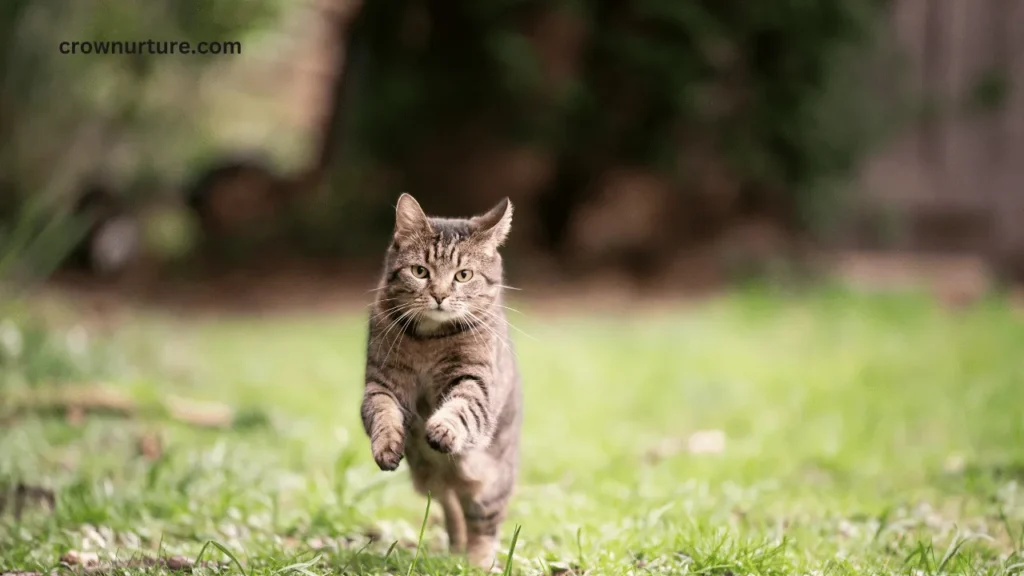
Contents
1. Crow Behavior
- Intelligence and Social Behavior:
Crows are highly intelligent birds with a strong sense of community. They can recognize individual faces, learn from experiences, and communicate warnings about potential threats to other crows. - Territorial Behavior:
Crows are fiercely protective of their nests and young. They will aggressively defend their territory, especially during the breeding season, viewing any nearby animal, including cats, as a potential danger. - Mobbing Behavior:
Crows are known for their mobbing tactics, where groups of them harass a perceived predator through loud cawing, swooping, and dive-bombing. This behavior helps protect their young and deters intruders.
2. Reasons for Aggression Towards Cats
- Nest Defense:
Cats are natural hunters, and crows instinctively see them as a threat to their nests. Protecting their offspring is the primary reason crows become aggressive toward cats. - Territorial Disputes:
During the breeding season, crows become highly territorial. They may attack cats that wander into their space, viewing them as invaders. - Competition for Resources:
Both crows and cats may compete for similar resources, such as small prey or scraps of food. This competition can escalate tensions, especially in urban areas with limited resources.
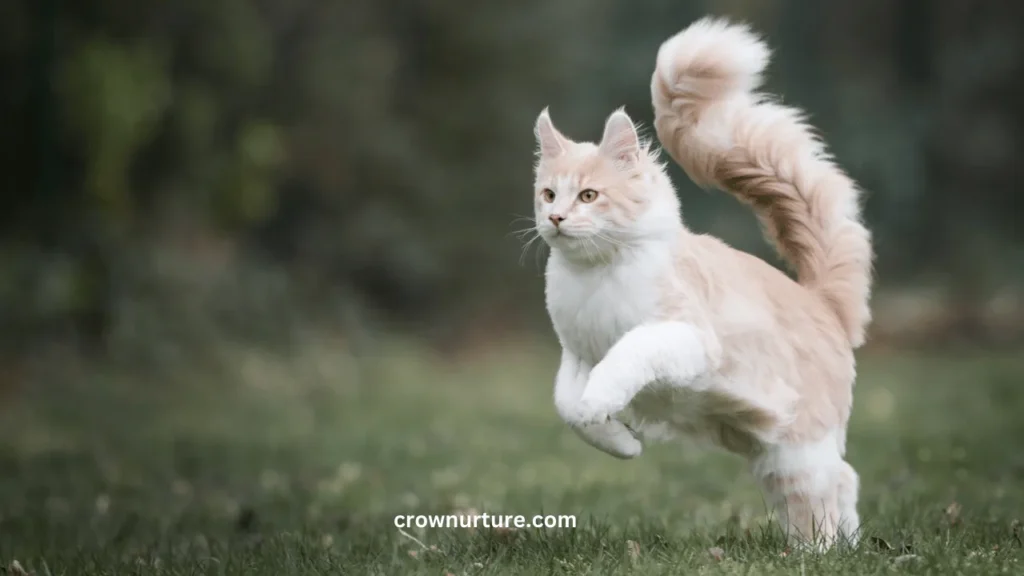
3. Potential Risks to Cats
- Physical Injury:
While rare, crows can peck at vulnerable areas like a cat’s eyes or ears, potentially causing minor injuries. - Stress and Anxiety:
Persistent crow harassment can lead to stress or anxiety in cats, affecting their behavior and overall well-being. - Disease Transmission:
The risk of disease transmission between crows and cats is minimal, but interactions in shared spaces can sometimes spread parasites or bacteria indirectly.
4. Minimizing Conflict
- Protecting Nesting Sites:
Avoid disturbing crow nests during the breeding season. Keeping your cat away from known nesting areas can prevent confrontations. - Providing Alternative Food Sources:
Feeding your cat at home reduces its hunting instincts, which may otherwise bring it into conflict with crows. - Creating Safe Spaces:
Provide a safe outdoor space for your cat, such as an enclosed garden or outdoor catio, to minimize exposure to aggressive wildlife.
5. The Bigger Picture: Coexistence
- Understanding Behavior:
Recognizing that crows attack out of self-defense or resource competition helps shift the narrative from hostility to coexistence. - Shared Urban Ecosystems:
Both crows and cats are integral parts of urban ecosystems. Finding ways to reduce conflict benefits the balance of nature in these shared spaces. - Conservation Awareness:
Appreciating the ecological role of crows can encourage responsible pet ownership and wildlife conservation efforts.
Conclusion
Crows do not attack cats out of malice but rather as a defense mechanism to protect their nests, young, and resources. These intelligent birds exhibit complex behaviors, from mobbing perceived threats to forming territorial boundaries.
While the risks to cats are minimal, the interactions between these two species highlight the broader challenges of coexistence in shared environments.
Promoting harmony between crows and cats requires understanding their natural behaviors and taking steps to minimize conflicts. By protecting nesting sites, providing safe spaces for cats, and appreciating the ecological roles of crows, we can foster a balanced urban ecosystem.
In the end, the interactions between crows and cats remind us of the intricate web of relationships in nature. By respecting both species, we take a step toward creating a world where wildlife and domestic pets can coexist peacefully.
FAQs
1. Do crows commonly attack cats?
No, crows rarely attack cats unless they feel their nests, young, or territory are threatened.
2. Why do crows mob cats?
Crows mob cats primarily to defend their nests or protect their territory from perceived predators.
3. Can crows hurt cats?
While crows can peck and harass cats, they rarely cause serious injuries unless the cat is very young or small.
4. Are cats a threat to crows?
Yes, cats are natural hunters and may target crow nestlings or eggs, which is why crows are defensive around them.
5. How can I protect my cat from crows?
Keep your cat indoors or provide a safe outdoor enclosure during crow breeding seasons to avoid conflict.
6. Do crows and cats compete for food?
In urban areas, crows and cats may compete for scraps or small prey, leading to occasional conflicts.

